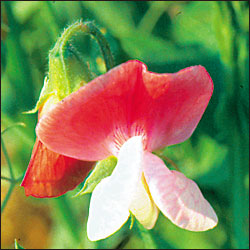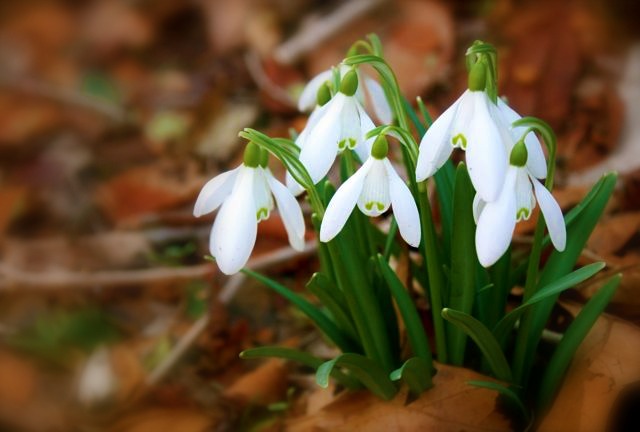The flowers of late winter and early spring
occupy places in our hearts well out of proportion to their size.-Gertrude S. Wister
Well, lookee what I found under the leaves
I also see daffodils and crocuses (croci?) getting ready to unfurl; the first shoots of the tiger lilies have emerged.
Today, March 12, is Plant a Flower Day! If you want to start native plants from seed this year and live north of the Mason-Dixon, you’ll definitely want to start your plants indoors about now to get blooms by summers’ end.
It’s a fun project with the kids using cardboard egg cartons, eggshells, recycled yogurt cartons, toilet paper tubes or newspaper starter pots: the National Wildlife Federation has instructions here.
I have the worst luck with starting plants indoors and transplanting them, myself. I always take it too fast through the hardening-off process, or forget them outside overnight while they’re still tender, and kill them. I prefer to buy my plants & vegetable & herb starters from local farmers at the farmer’s market (the Amish varieties always seem to perform best for me). Win-win.
As for flowers, the only thing I think I’m going to bother with this year are some Painted Lady sweet peas. Fragrant and delicate and dating back to the 1730s, they’re cool weather plants that I’ll just seed directly into the ground in the next week or two.

My favorite seed catalog company is the Seed Savers Exchange;
a non-profit, 501(c)(3), member supported organization that saves and shares the heirloom seeds of our garden heritage, forming a living legacy that can be passed down through generations.
Our mission is to save North America’s diverse, but endangered, garden heritage for future generations by building a network of people committed to collecting, conserving and sharing heirloom seeds and plants, while educating people about the value of genetic and cultural diversity.
While I love the idea of preserving old-fashioned flowers with a sense of history, heirloom is particularly important to me in terms of what vegetable plants I buy.
The vegetables offered to us in chain grocery stores are bred for hardiness: the ability to be picked early, shipped without bruising, and sit on a shelf for as long as possible. My grocery has apples from New Zealand. NEW ZEALAND.
Heirlooms were bred for taste and attributes like texture, juiciness. They might not be pretty and uniform, and they need to be fully ripened and eaten quickly, but they are delicious. If you have children who are picky eaters I would say try growing your own heirloom fruits and veggies. The effort will be so worth it in so many ways.
Diversity is always the way to go. Just sayin’.
What are you growing this year?

